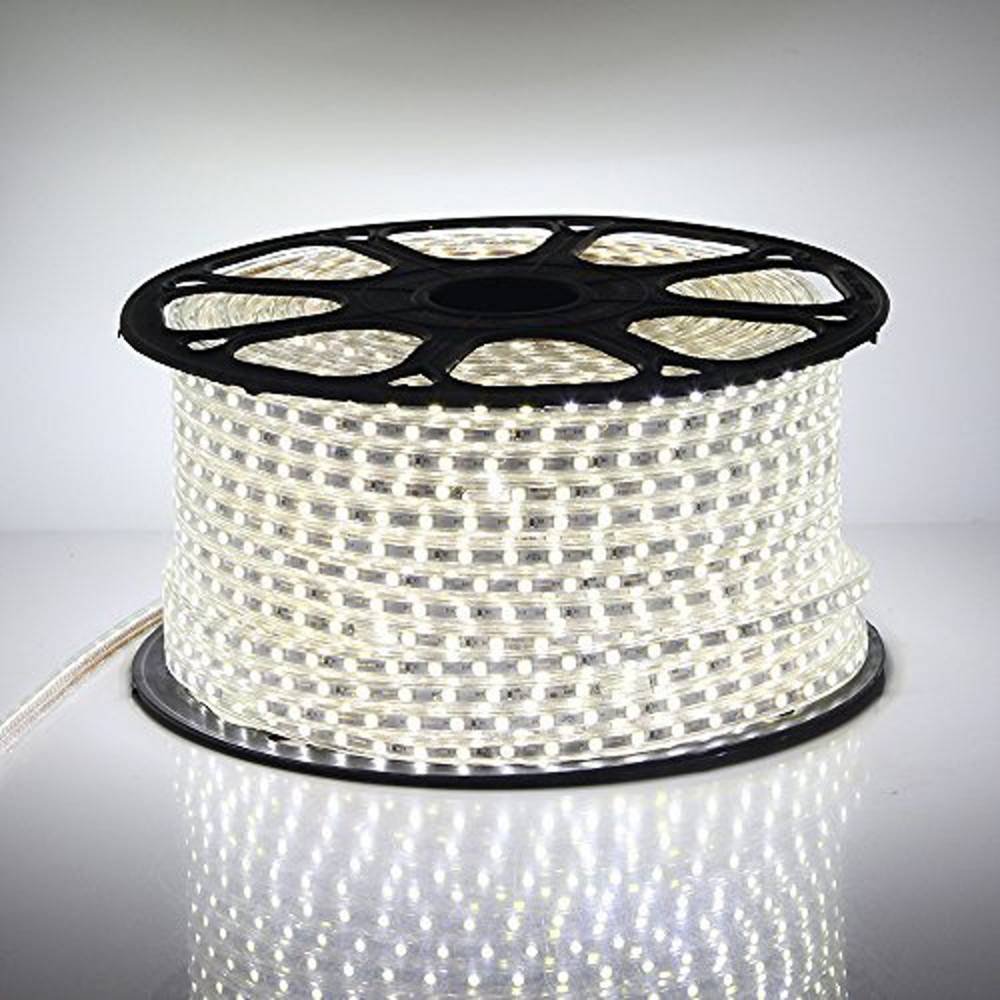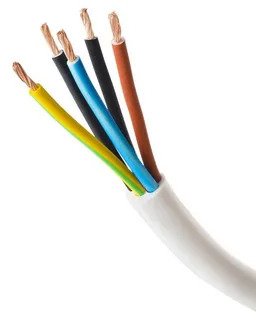Introduction
Hot debates continue to emerge in the ever-changing lighting industry where some are for led floodlight white while others advocate for traditional halogen lights.
By understanding about efficiency, lifespan and cost, you will be able to make a more informed choice when it comes to backyard illumination or even a stadium or parking lot illumination.
In this article, we will compare these two light sources.
What led floodlight white is?
LED (Light Emitting Diode) floodlights are advanced lighting solutions that use semiconductor technology to produce light.
Known for their energy efficiency and long life span; such lights come in various colors including white which is particularly popular for its bright and clear illumination since they can be used in both residential and commercial settings due to adaptability as well as efficiency.
What are Halogen Lights?
However, halogen lights belong to the group of incandescent lamps which have been invented by mankind.
They work using a tungsten filament enclosed within a capsule containing halogen gas whose purpose is increase the life of filament thereby making them more efficient unlike the traditional incandescent bulbs.
On one hand, they have high color temperature and give out bright output but on other hand they have become replaced by many applications because of being uneconomical compared with new technologies such as LED’s.
- Comparing Energy Consumption of led floodlight white
led floodlight white is highly efficient energy consumption.
As such, they consume less electricity compared to halogen lamps though giving off a similar amount of light.
Energy Consumption by Halogen Lights
Halogens however consume too much energy.The reality is that despite improvements over old incandescent bulbs,they consume way too much than LEDs for generating equivalent luminosity.This inefficiency is a major drawback particularly in areas where lights are left on for long periods.
Cost Effects of Energy Consumption
LED floodlights may cost more up front, but over time they can save you money because of their decreased energy use. Although halogens have a lower initial price tag, this may lead to higher power bills due their higher consumption pattern with time.
Thus, it is crucial to factor in the long-term energy savings associated with LED floodlights when evaluating prices.
- Lifespan Perspectives
How Long Does the floodlight white Last?
The extended lifespan of led floodlight white is well known.
Depending on the use, an LED floodlight can survive for decades.
Its typical lifespan is between 25,000 and 50,000 hours. Because these lights do not need frequent replacement like other bulbs, LEDs become more affordable in the end as they demand less upkeep.
Halogen Lights’ extended lifespan
Even though halogen lights outlast traditional incandescent bulbs; they still cannot be compared with LEDs in terms of durability.
The average lifespan of a halogen lamp is estimated to be 2,000–4,000 hours.
The overall cost of utilizing halogen lights may increase due to the need for more frequent replacements brought on by this reduced lifespan.
- The cost of replacement and maintenance
Fewer replacements mean less labor costs and reduced interruptions, especially when it comes to large scale or commercial installations where changing lighting can be expensive and time-consuming; this is one significant benefit that led floodlight white have over halogen lights.
- Cost Analysis
Initial Price of led floodlight white
The price of led floodlight white at the inception is typically higher than that of halogen light bulbs.
This is as a result of improved technology and materials used in manufacturing LEDs. However, their customers often recoup the initial investment through long-term energy and maintenance savings.
Initial Price of Halogen Lights
In general, it is cheaper to buy halogen lights initially. This can be attractive for budget-conscious individuals or where the lights will not be used frequently.
Nevertheless, this lower purchase price does not take into account the total cost of ownership.
- Performance Differences
Brightness and Light Quality
LEDs offer many options regarding brightness and color temperature. Lumen count indicates how much light comes out from an LED source; soft white ones are softer while daylight ones emit brighter light. By doing so, users have freedom to select any kind required be it task lighting or ambience.
Lumens and Color Temperature in Halogen Lights
Halogens also provide bright intense light quality but are limited compared to LEDs.
They usually emit warm yellowish light making them less adaptable for different contexts. Also on average they have fewer lumens per watt output as compared to LEDs.
Applications for both of them:
Best Uses for led floodlight white
led floodlight white is used in numerous applications.
They are ideally designed for outdoor lighting like gardens, driveways and parking areas as well as commercial purposes such as warehouses and stadiums.
Because they are so adaptable and efficient, they are suitable for use in homes or workplaces.
Also you can enhance security with led floodlight 30w Motion sensor from here
Ideal Applications for Halogen Lights
Halogen lights should be used only when strong and concentrated beams of light are needed over a short span.
These lights are commonly used for car headlamps, task lighting, and places where the warm color effect is desired.
Nonetheless, their greater energy consumption combined with shorter life expectancies make them unsuitable for more demanding applications.
Factors to Consider When Choosing
For example, when deciding between led floodlight white and halogen lights, think about your personal needs as well as uses.
Energy efficiency is important; however, think of the number of times you will use the bulb and the initial cost plus over a long period. Also, consider environmental implications.
Conclusion
Justifying the choice between led floodlight white and halogen lights can be achieved by weighing the cost, efficiency, and application needs.
Whereas halogen lights offer a short-term bright cheap solution, LEDs have long-run advantages in terms of energy saving capacity, lifespan as well as not having environmental impacts that are compelling for many users.
The best decision to make would depend on your particular needs for lighting and the budget you have in mind.
FAQs
Q: What is the difference in energy efficiency between LED floodlights and halogen lights?
The power required to make light bright is lower in led floodlights than it is with halogens thus they are highly efficient.
Q: Is the White LED Flood Lights with Sensor ideal for open air fittings?
Due to their ability to save on energy consumption, durability lifespan and minimal heat emission outdoor uses are more specific towards LED floodlights over other types.
Q: Are there big variations in how long LED vs. Halo bulbs last?
LED bulbs typically last 25-50 thousand hours which is a far away from Halogen’s two-four thousand hour range.
Q: How do LED floodlights affect my electricity bill compared with Halogen lights?
By consuming less energy compared with halogens, LED floodlights reduce electricity bills.
Q: What factors should I consider before converting from Halogen to LED Floodlights?
To aid you decide whether or not switching anything above such as initial costs; possible savings on power; maintenance needs; space lighting requirements must be considered prior to doing so.









 Bayonet - B22
Bayonet - B22




 Recessed Blue & white
Recessed Blue & white



 Recessed Cool White
Recessed Cool White





 Surface Mount
Surface Mount






















 Monocolor
Monocolor


























